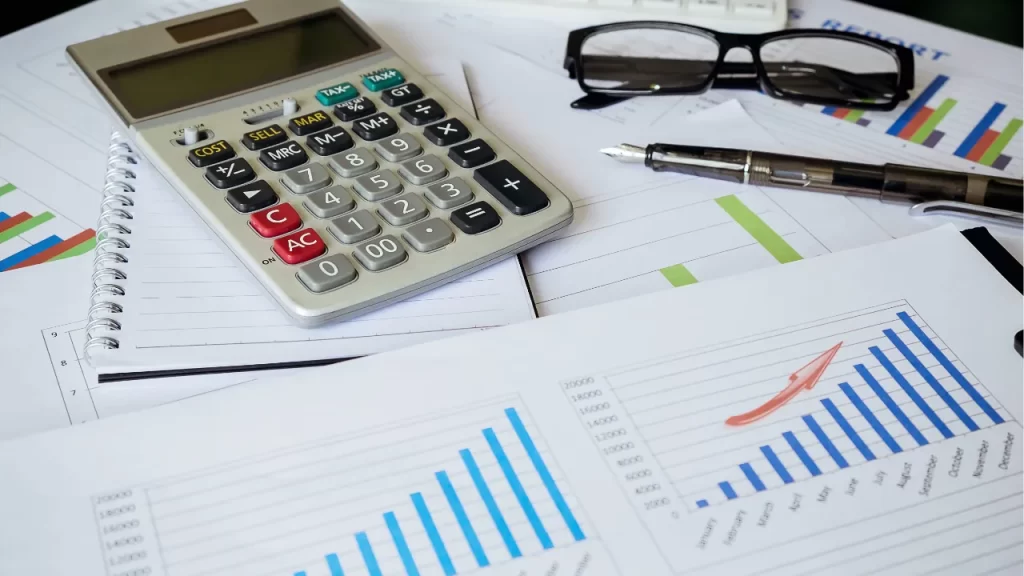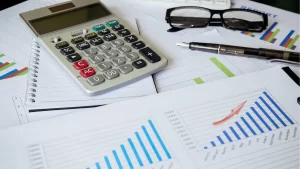Blockchain technology, best known as the backbone of cryptocurrencies like Bitcoin, is now finding its way into asset management.
Its decentralized, transparent, and secure nature makes it an ideal solution for tracking, managing, and auditing fixed assets.
In this blog, we’ll explore how blockchain technology is revolutionizing fixed asset management, the benefits it offers, and the key use cases transforming industries.
What Is Blockchain Technology?
Blockchain is a distributed ledger system that records transactions in a secure and tamper-proof manner. Unlike traditional databases, blockchain:
- Is Decentralized: No single entity controls the data.
- Is Transparent: All transactions are recorded and viewable by authorized parties.
- Is Immutable: Once data is recorded, it cannot be altered or deleted.
These characteristics make blockchain ideal for applications where trust, transparency, and security are critical.
The Role of Blockchain in Fixed Asset Management
Fixed asset management involves tracking, maintaining, and accounting for physical assets such as machinery, equipment, and buildings.
Blockchain technology enhances this process by:
- Providing a Single Source of Truth: Blockchain creates an unalterable record of asset data accessible to all stakeholders.
- Enabling Secure Tracking: It ensures asset location, ownership, and status are securely documented in real time.
- Enhancing Auditability: Blockchain’s transparent nature simplifies audits and compliance with regulations.
Benefits of Blockchain in Fixed Asset Management
- Enhanced Transparency: Blockchain provides full visibility into asset history, including acquisition, usage, maintenance, and disposal. This transparency reduces disputes and ensures accountability.
- Improved Security: The decentralized and encrypted nature of blockchain ensures that asset data is safe from unauthorized access, fraud, and cyberattacks.
- Real-Time Asset Tracking: By integrating blockchain with IoT sensors, businesses can monitor asset location, usage, and condition in real time, improving operational efficiency.
- Simplified Compliance and Auditing: Blockchain’s immutable records make it easier to demonstrate compliance with regulations and provide audit trails for fixed assets.
- Reduced Administrative Costs: Automating asset tracking, ownership verification, and data sharing using blockchain eliminates the need for manual processes, saving time and money.
- Smart Contracts: Blockchain-powered smart contracts automate agreements and transactions related to asset leasing, maintenance, and disposal, ensuring faster and error-free execution.
Use Cases of Blockchain in Fixed Asset Management
1. Asset Ownership and Transfer
Blockchain enables secure tracking of asset ownership and transfers. For instance:
- Organizations can document ownership changes when assets are sold or leased.
- Property managers can ensure ownership records for buildings and machinery remain tamper-proof.
2. Maintenance and Repair Records
Blockchain creates a comprehensive log of maintenance and repair activities for each asset.
- Businesses can track when maintenance was performed, by whom, and what parts were replaced.
- This record helps improve reliability and resale value.
3. Asset Lifecycle Management
By combining blockchain with IoT, businesses can track the entire lifecycle of an asset—from acquisition to disposal.
- Real-time data updates ensure accurate decision-making.
- Blockchain provides insights into when an asset needs replacement or retirement.
4. Fraud Prevention
Blockchain prevents fraudulent activities such as double ownership claims or tampering with asset records.
- For example, in industries like real estate, blockchain ensures that property deeds remain secure and authentic.
5. Streamlined Audits
Blockchain simplifies the auditing process by providing a transparent and immutable record of asset transactions.
- Auditors can quickly verify compliance, reducing the time and cost of audits.
6. Cross-Border Asset Management
For multinational companies, blockchain facilitates seamless management of assets across borders by:
- Standardizing records across regions.
- Simplifying cross-border asset transfers.
Industries Leveraging Blockchain for Fixed Asset Management
- Manufacturing: Manufacturers use blockchain to track machinery, tools, and spare parts, ensuring accurate maintenance schedules and inventory control.
- Real Estate: Blockchain records property ownership, leasing contracts, and maintenance records, improving transparency and reducing disputes.
- Energy and Utilities: Energy companies use blockchain to track renewable energy assets like solar panels and wind turbines, ensuring efficient management and reporting.
- Healthcare: Hospitals track high-value medical equipment such as MRI machines and ensure compliance with safety regulations using blockchain.
- Transportation and Logistics: Blockchain enhances fleet management by tracking vehicles, verifying ownership, and documenting maintenance activities.
Challenges in Implementing Blockchain for Asset Management
- High Initial Costs: Setting up blockchain systems can be expensive.
- Integration Complexity: Integrating blockchain with existing systems and IoT devices can be challenging.
- Data Privacy Concerns: While blockchain is transparent, sensitive asset data needs to be protected.
- Regulatory Uncertainty: Some industries face challenges due to a lack of clear regulations surrounding blockchain technology.
- Skilled Workforce: Implementing and managing blockchain requires specialized expertise.
The Future of Blockchain in Fixed Asset Management
The use of blockchain in fixed asset management is still in its early stages, but its potential is immense. Future developments may include:
- Blockchain-IoT Integration: Real-time asset tracking and predictive maintenance will become more sophisticated.
- AI-Driven Blockchain Systems: AI will analyze blockchain data to provide actionable insights.
- Global Standards: Unified regulations will make blockchain implementation easier across industries and regions.
As businesses embrace digital transformation, blockchain will play an increasingly important role in improving asset visibility, reducing costs, and ensuring compliance.
Conclusion
Blockchain technology is revolutionizing fixed asset management by providing transparency, security, and efficiency across the asset lifecycle.
Transportation and Logistics:From secure ownership tracking to predictive maintenance, blockchain enables businesses to manage their assets with greater confidence and precision.
If you’re ready to explore how blockchain can enhance your asset management strategy, contact Synergy Evolution today to learn more about cutting-edge solutions tailored to your business needs.








